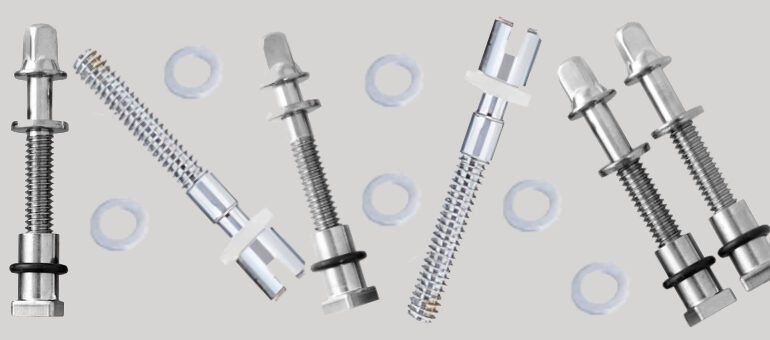Exploring the Centre Section Cross Panel: A Comprehensive Guide
- indgirka
- Jan 14
- 4 min read
If you are delving into the world of structural engineering or construction, you may encounter that numerous terms & components are crucial for the integrity & functionality of a building or infrastructure.

Apart from this, while doing so, a term that may pop up is the Centre Section Cross Panel. While this may sound complex, you should take a look at this blog. By having a look at this blog, you will get to know what it is & even understand the basics of this kind of panel.
So, let’s just have a look to learn more:
What is a Centre Section Cross Panel?
This is mainly a structural component that is used in various forms of construction, particularly in buildings, bridges, and other large-scale infrastructure. Not only this, it refers to a section of the structure where two or more panels intersect or cross each other, mainly at the centre of the structure. This crossing or intersection provides additional strength, stability, and support to the structure, making it more resilient against various forces, such as wind, seismic activity, or heavy loads.
Depending on the type of project, these panels are frequently constructed from materials like steel, concrete, or wood. Because they contribute to the overall stability of the structure and guarantee that it can withstand external stresses and keep its integrity over time, the design and implementation of CSCPs are essential.
The Role of CSCP in Structural Integrity
The primary function of a Centre Section Cross Panel is to enhance the structural integrity of a building or infrastructure. With this, the panels even distribute the load more evenly across the structure, which prevents the construction site from experiencing any problems. Apart from this, it is especially important in areas prone to natural disasters like earthquakes or hurricanes, where the structure is subjected to dynamic and unpredictable forces.
As you know, what are the panels, & what is their importance? Let’s have a look at the different types for a better idea:
Types of Centre Section Cross Panels
Well, several types serve different purposes as per the preference to meet the specific needs & requirements of the customers. So, let’s have a look at the most basic & common types that are used to serve the purpose:
Flat Cross Panels: Cross panels with a flat surface are commonly utilized for ceilings and flooring. Without significantly enhancing the structure's height or thickness, they offer stability.
Curved Cross Panels: Often found in arched buildings or roofs, curved cross panels are made to accommodate varying loads and offer support when flat panels might not be as useful.
Composite Cross Panels: Positioned diagonally throughout the structure, diagonal cross panels provide increased resistance against lateral stresses like those caused by wind or seismic activity. In bridges and tall buildings, they are frequently utilized.
Composite Cross Panels: To produce a more durable support system, these panels blend several materials, such as steel and concrete. A common application for composite cross-panels is in spaces where both tensile and compressive strength are needed.
How are CSCPs Designed and Installed?
Now that you have understood how many types of CSCPs are available, let’s have a look at the way these are designed to be convenient for everyone. So, let’s have a look at the several steps involved in the design phase:
Structural Analysis: This is the initial stage, in which engineers thoroughly examine the structure to ascertain how loads are distributed and which places require extra support. Determining the kind and location of the CSCP is made easier by this analysis.
Material Selection: The choice of material must be made once the construction is finalized. This can be altered based on the specifications of the structure and the materials selected for the CSCP. This selection is influenced by various factors, such as the overall design of the structure, load-bearing capacity, and environmental conditions.
Fabrication: In compliance with the design criteria, the panels are produced. To create the required form, the materials must be cut, shaped, and assembled. Prefabricated panels are occasionally utilized; these are produced off-site.
Installation: Setting up the CSCP is a crucial step. After positioning and securing them to the structure firmly, the panels are attached. To guarantee accuracy and security, this frequently calls for large machinery and experienced staff.
Inspection and Testing: The CSCP is put through a rigorous inspection and testing process after installation to make sure it satisfies all norms and requirements. Finding any possible problems that can jeopardize the integrity of the construction requires taking this critical step.
Conclusion
The above detail gives everyone the idea that this is the basic detail that everyone should know about the Centre Section Cross Panel (CSCP). It’s because it is a critical component that is used in modern construction that it offers the necessary support and stability to ensure the safety and longevity of buildings and infrastructure.
Apart from this, if you need more detail, you can get in touch with us now and get the best possible information.






Comments